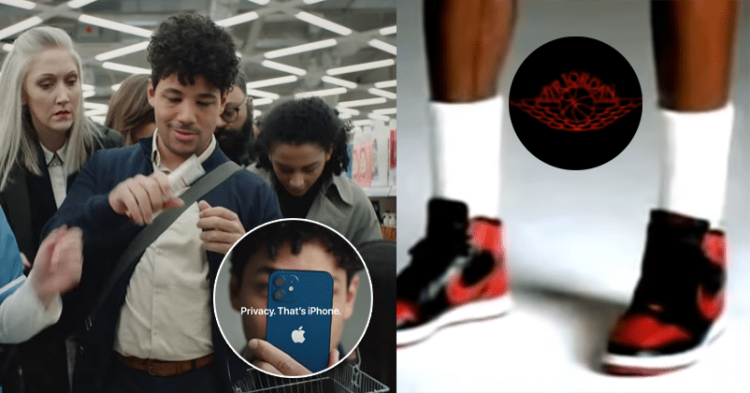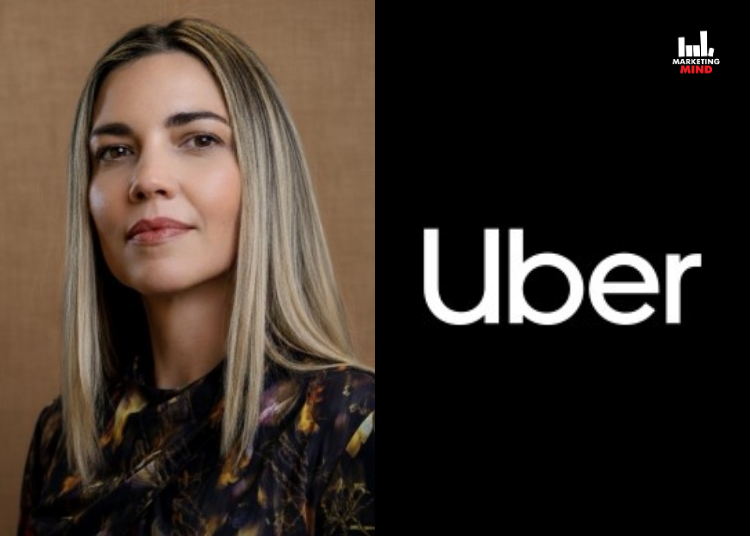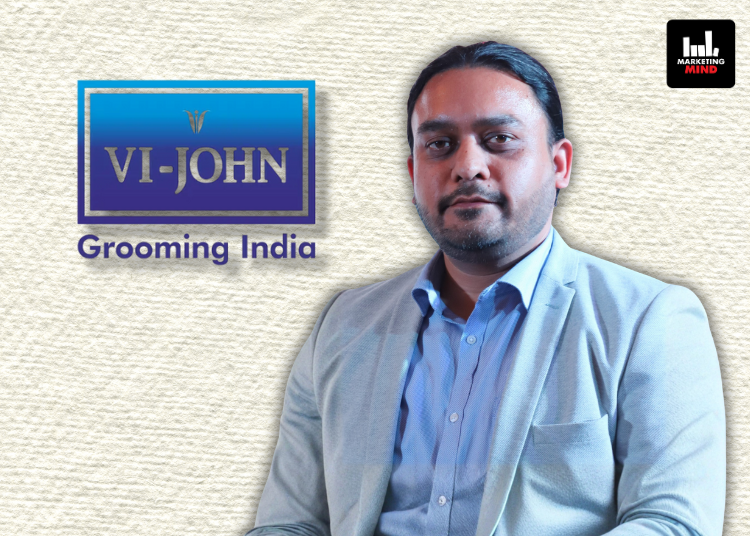Gone are the days, when people could be lured into buying a certain product or experiencing a service, just by conveying its advantages and disadvantages. Now, brands need to do something different and storytelling is one sure shot way. People are more likely to make a purchase if they are entertained with an engaging and a thought-provoking story around a brand, rather than just buying a product that is being sold to them.

Here’s listing three such brands that made exemplary use of storytelling in their marketing strategies.
Nike
If there’s one emotion in the world that every person must’ve experienced, it is, compassion towards the underdog. And at times, it is this vulnerable underdog that rises and shines. And it is these underdogs, from whom, legends are made.
Nike, the American footwear and apparel multinational, ropes in various athletes for endorsements. Banking on them and their life and game stories, the brand weaves the perfect marketing campaigns, for anyone to acknowledge, relate and sympathize with them, thereby raising sales.
For example, Nike in 1980s used a controversy and turned it in their favour using storytelling.
In 1984, Michael Jordan was fined $5,000 by the NBA every time he wore the black and red Air Jordan 1 shoes. The colours were not in tandem with the league’s uniform rules, leading to them getting banned. Infact, the NBA also wrote a letter to Nike about the shoes being forbidden. However, Nike took advantage of this situation by paying all fines levied on Jordan, and created an ad campaign that centred around the concept of the forbidden fruit. This campaign raised the company’s sales by eight times.
In another example, Nike again used storytelling to perfection when they decided to remain loyal to Tiger Woods during his personal, professional and legal struggles. Nike believed that he would rise again, inspite of other sponsors terminating their contracts with the golf maestro. Nike’s loyalty and them backing Woods, earned them a fortune of $22 million, when in 2019, he won his Masters trophy.
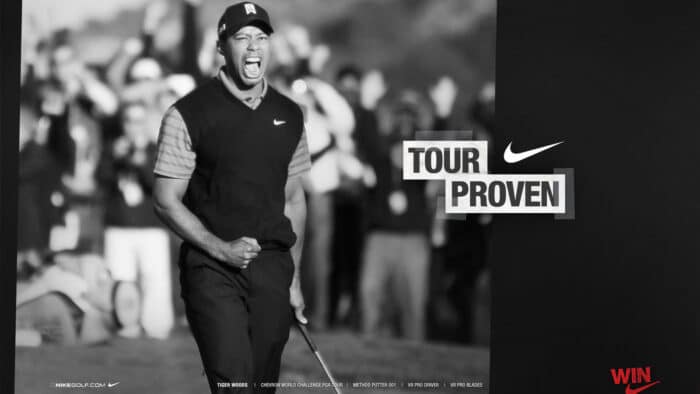
Apple
According to Steve Jobs “The most powerful person in the world is a storyteller”. And Apple used some of the most compelling stories to make the brand what it is.
When Jobs introduced the iPhone in 2007, he used suspense in doing so. He knew he has made a good, no wait, a great product and that storytelling would benefit him immensely in getting it accepted by the audiences.
For example, in any story, an antagonist’s role is as important as the protagonist. And using this concept, Apple made privacy invasion a villain, and centred its campaign on how the user’s privacy is of utmost importance to Apple.
Disney
The name synonymous with storytelling, Disney first tells stories and then sells them. While almost all brands make a product and then weave a story around the product to facilitate sales, Disney does the opposite.
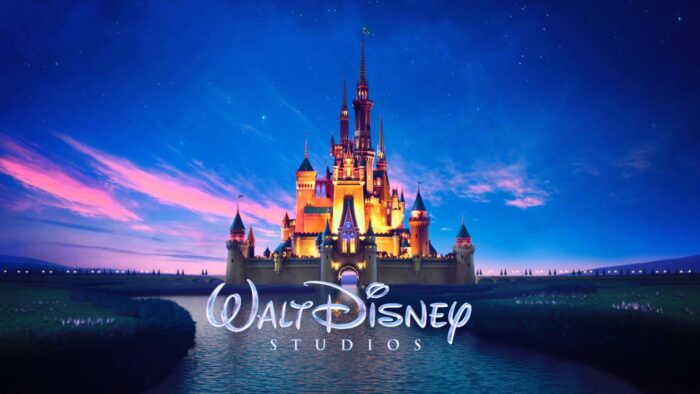
For example, the famed Elsa doll from the movie ‘Frozen’. It was the movie, that made the doll famous. Had it not been for Frozen, no one would notice a snow themed princess and just pass it of as any other regular doll.
Also, the Disneyland is on the bucket list of quite a few. This is testament to people actually living the stories they’ve heard off from the brand. Through this, Disney does an excellent job invoking emotions, and keeping them relevant even after decades of its inception.








